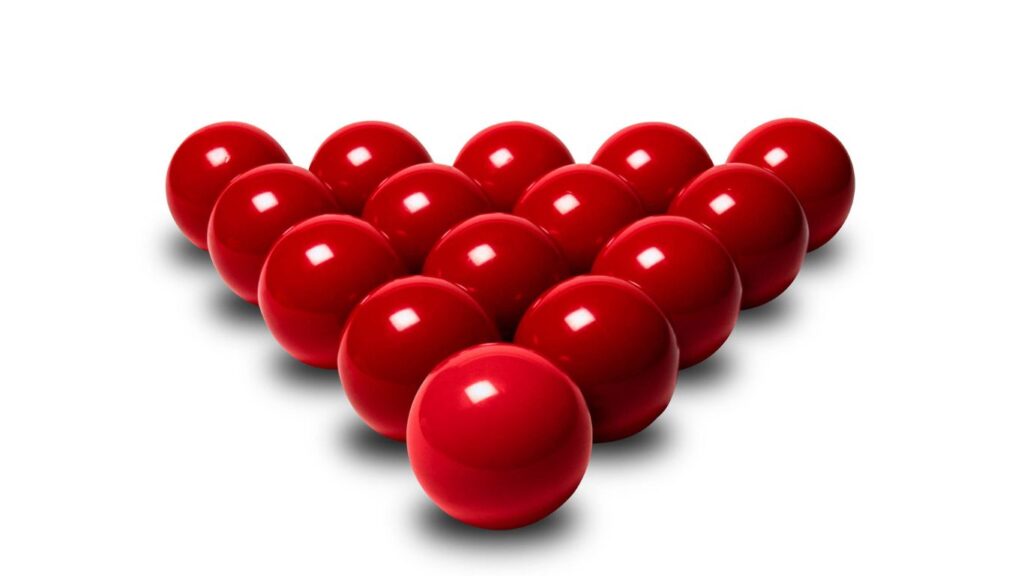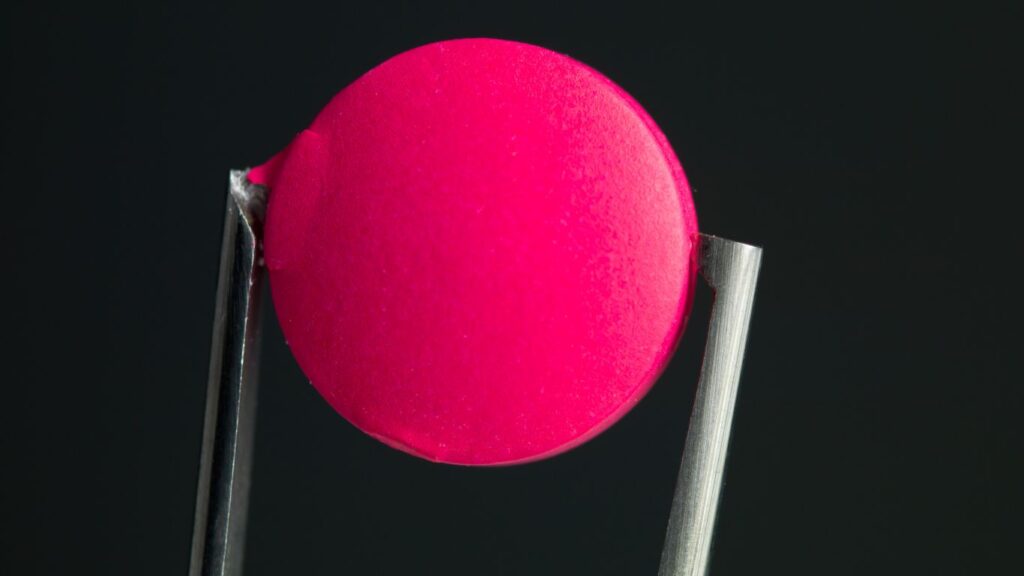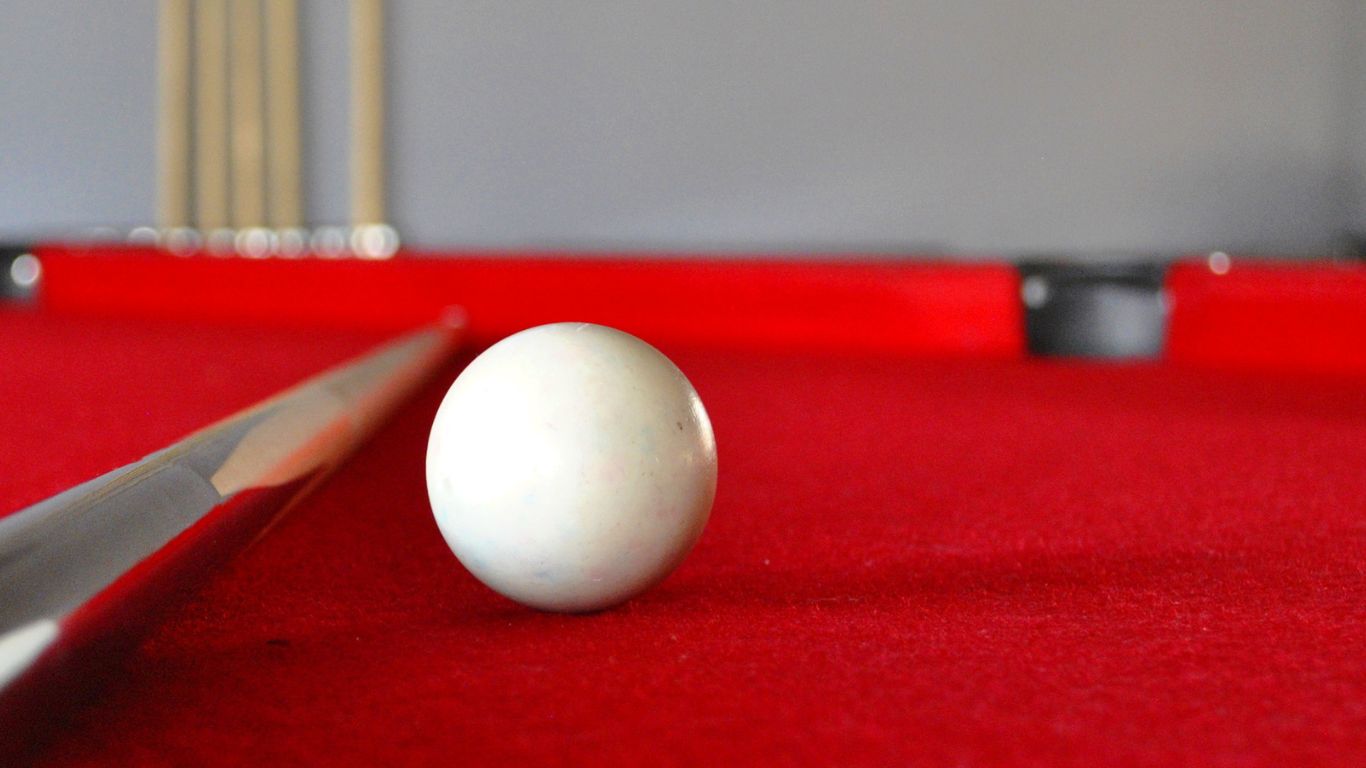If you’ve ever watched a professional billiards game, you might have noticed a small red dot on the cue ball. This isn’t just for decoration; it serves a very functional purpose. This article dives into the red dot’s role in aiding precise cue ball control.
Purpose of the Red Dot
The red dot, commonly known as the “measle ball,” is designed to help players achieve precise control over the cue ball. This is especially important in spin-related shots where accuracy is critical. Let’s break down how it works:

- Visual Reference Point: The red dot acts as a visual marker, allowing players to gauge the point of contact better when aiming their shots.
- Cue Ball Control: When applying spin (or “English”) to the cue ball, the red dot helps you see exactly where you’re striking the ball. This improves your ability to predict the ball’s trajectory.
- Advanced Shots: For advanced shots like draw (backspin), follow (topspin), and side spins, the red dot provides a consistent reference for the application of spin. This reduces the margin of error and increases shot accuracy.
Physics Behind the Red Dot
The red dot is carefully positioned to account for the ball’s center of gravity and rotational axis. Here’s a more technical explanation:
- Rotational Axis: The red dot helps players understand the rotational axis of the cue ball when spin is applied. This is crucial for predicting how the ball will behave upon impact with another ball or the cushion.
- Spin Application: By providing a clear point of contact, the red dot allows players to apply spin more precisely. This enhances their ability to execute complex shots and more accurately control the ball’s path.
- Trajectory Prediction: With the red dot as a guide, players can better predict the cue ball’s trajectory, making it easier to position the ball for subsequent shots.
Historical Context

The concept of the red dot on cue balls is relatively recent but has quickly gained acceptance in cue sports. Here’s a brief history:
- Early 2000s: The red dot, or “measle ball,” concept originated in the United Kingdom.
- Development: Dr. Anthony Knapton, in collaboration with the Billiards and Snooker Control Council (now the World Professional Billiards and Snooker Association), developed the red dot cue ball.
- 2006: The World Pool-Billiard Association officially introduced and adopted the red dot cue ball for the World Pool Championships.
- Modern Usage: The red dot cue ball has become widely accepted in competitive and recreational cue sports. Its introduction responded to the games’ increasing complexity and technical demands, helping players improve precision and control.
FAQs
Q: Is the red dot cue ball used in all professional billiards games?
A: While the red dot cue ball is popular among many players, its usage varies by tournament and region. Some events might prefer traditional cue balls, but the measle ball has gained significant traction, especially in games requiring high precision.
Q: Can beginners benefit from using a red dot cue ball?
A: Absolutely. The red dot provides an apparent visual reference to help beginners understand and improve their spin application and cue ball control. It’s a valuable tool for both novices and seasoned players.

Q: Does the red dot affect the balance or weight of the cue ball?
A: The red dot is carefully positioned to maintain the cue ball’s standard balance and weight. It is designed to aid in visual guidance without impacting the ball’s performance.
Q: How do I know if I’m striking the cue ball correctly using the red dot?
A: By observing the movement and spin of the cue ball post-impact, you can determine if you’ve struck it as intended. The red dot will help you identify your aim and spin application inconsistencies.
Q: Are there different types of red dot cue balls?
A: Various manufacturers produce red dot cue balls, and slight variations might exist in terms of dot size or ball material. However, the fundamental concept remains the same across different brands.
Conclusion
The red dot on a cue ball is more than just a visual aid; it’s a tool designed to enhance your game. The red dot has become an essential element in modern cue sports by providing a reference point for spin application and improving shot accuracy. Whether you’re a seasoned player or new to the game, understanding the purpose and benefits of the red dot can help you elevate your skills.
Ready to take your game to the next level? Incorporate the red dot cue ball into your practice sessions and experience the difference in control and precision. Happy playing!










